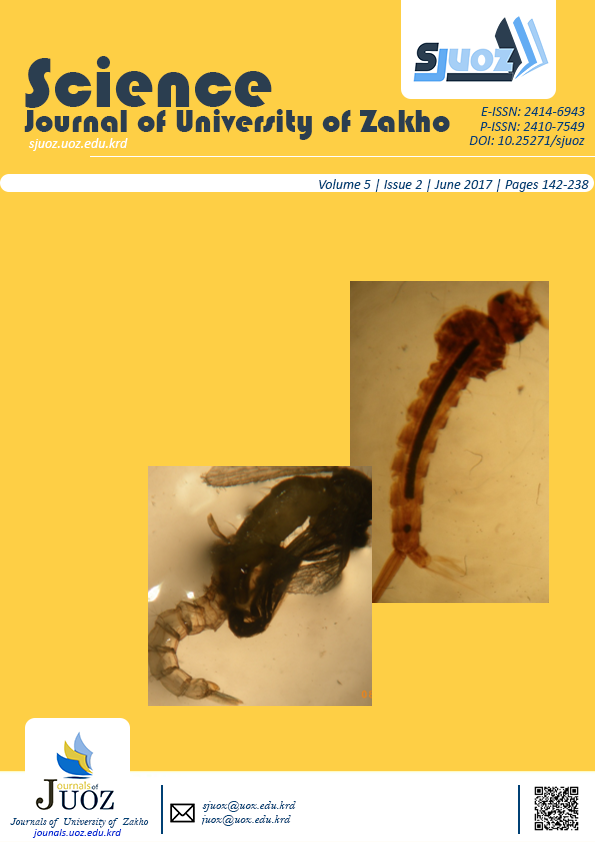Phytochemical Analysis, Antioxidant (Dna Nicking Assay) and Antibacterial Activities of Morus Nigra L. Fruits Secondary Metabolites
Abstract
The present study was carried out to identify the chemical composition of ethanol, flavonoid and anthocyanin extracts of Morus nigra fruits. The results revealed the presence of carbohydrates, glycosides, phenolic compounds and the absence of alkaloids, saponins, free amino acids, proteins and tannins. TLC and column chromatography techniques were used to separate and purify the anthocyanin pigment from anthocyanin extract which is then subjected to acid hydrolysis to obtain the anthocyanidin pigment (a). Many techniques were also employed to confirm pigment (a) chemical structure including (TLC, UV-Visible and IR-Spectroscopy). According to the forgoing analytical results, the proposed structure for the isolated pigment (a) is cyanidin pigment. DNA nicking assay has been used to evaluate the ability of the prepared extracts and pigment (a) to prevent DNA nicking caused by free radicals generated from Fenton's reagent. The highest DNA protective effect was achieved in anthocyanin extract followed by pigment (a) and their effects were identical to the positive control (cyanidin chloride). Antibacterial activities of all extracts and pigment (a) were performed against the growth of two standards and pathogenic G+ and G- bacteria. The results indicated that all plants extracts showed more potent activity against standard bacteria strains than pathogenic ones.
Full text article
Authors
Copyright (c) 2017 Najlaa K. Issa, Rihan S. Abd-Aljabar

This work is licensed under a Creative Commons Attribution 4.0 International License.
Authors who publish with this journal agree to the following terms:
- Authors retain copyright and grant the journal right of first publication with the work simultaneously licensed under a Creative Commons Attribution License [CC BY-NC-SA 4.0] that allows others to share the work with an acknowledgment of the work's authorship and initial publication in this journal.
- Authors are able to enter into separate, additional contractual arrangements for the non-exclusive distribution of the journal's published version of the work, with an acknowledgment of its initial publication in this journal.
- Authors are permitted and encouraged to post their work online.
